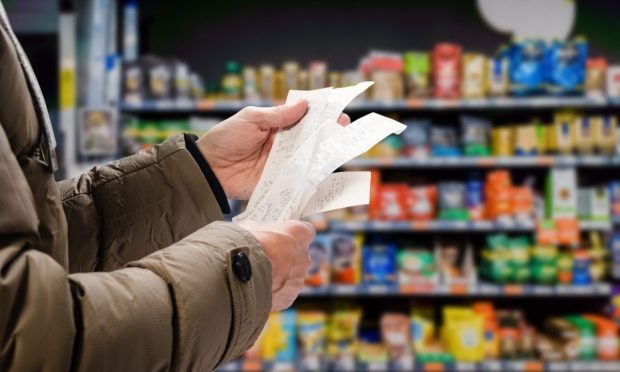Inflation Moderates for First Time in 8 Months

April’s consumer price index (CPI) missed Wall Street’s expectations but still dropped for the first time in eight months, coming in at 8.3% compared to 8.5% in March, the U.S. Bureau of Labor Statistics reported on Wednesday (May 11). Economists forecasted that the CPI would come in at 8.1%.
The core CPI — minus groceries and gas — went up 0.6% in April over March. Wall Street was expecting 0.4%. In March, the increase was 0.3%. The fast increase signals that underlying inflation stress is still a factor.
The dip in inflation after a 40-year high mark the first slowdown after seven consecutive months of worsening price increases. However, April still marks the second-highest inflation level in four decades.
Gas prices hit a national average record of $4.40 a gallon on Wednesday (May 11), according to AAA.
Read more: Prices Surge 8.5% in March, Highest in 40 Years
“It’s too early to declare victory,” said Jose Torres, senior economist at Interactive Brokers, told NBC Washington. “It’s not going to get any worse, but it’s still at an uncomfortably high level.”
The Federal Reserve has set a 2% inflation rate as its target level, but economists expect annual price increases to settle into a 5% to 6% range by the end of 2022, still a level that is historically high.
President Joe Biden called inflation his “top domestic priority” on Tuesday (May 10) and said it is “the number one challenge facing families today.”
Related: Inflation Prompts 10x Increase in Consumers Reevaluating Subscription Value
The annual rate of inflation has escalated rapidly since early 2021, following the economy’s recovery from the worldwide pandemic, leading to supply chain disruptions and other issues that caused prices to escalate.
“We’re still at a point where consumer and business resistance to higher prices is severely reduced because no one has confidence that if they wait they’ll find the price they want later,” said Lou Crandall, chief economist of Wrightson ICAP. “That does give businesses more pricing power, [but] that’s probably a temporary phenomenon.”
